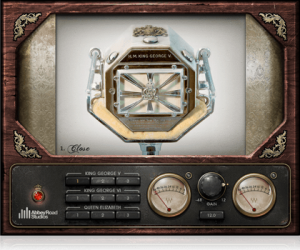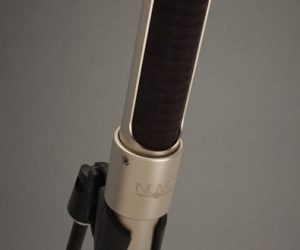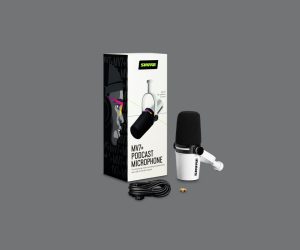
Mic Data 1: Measuring And Listening
This series by Neumann tackles microphone spec sheets and how they, along with listening and good taste, informs microphone choice and quality.
How important are spec sheets? What do the specifications such as self-noise or maximum SPL actually mean? Can you find the microphone that’s best for you by comparing data sheets? Can you “see” what a microphone sounds like by looking at frequency diagrams? Or should you not care at all and just listen? Here are a few answers!
Measuring Vs. Listening
Some people claim that today’s manufacturers spend too much time looking at graphs and optimising their microphones for best specs instead of best sound. That’s nonsense! Microphone developers still use their ears to determine what sounds good and what doesn’t. Sound is subjective. But that doesn’t mean sound is arbitrary! While everyone has a different taste, we all agree that there is good taste and bad taste. Good sound is a result of good taste. But it takes experienced engineering and precise measurements to translate good taste into great sounding products.
Measurements have always been necessary to verify that each microphone meets objective criteria such as the specified noise performance and the desired frequency response. Engineering should never be mere guesswork. Also, measurements are absolutely essential for consistency in manufacture. We care about excellent specs, because we want to give you the best possible product, always.
Why Should You, The Microphone User, Care About Good Specs?
Because bad microphones will force you to work in ways you don’t want to. You may have to think of ways to overcome excess noise or other shortcomings, instead of concentrating on best sound. At Neumann, we believe that studio tools should not get in the way of your creativity. That’s perhaps even more important in the home studio, where you work for your own pleasure.
In the studio, technical excellence should be a given. Studio recordings are made for posterity. They document the very best you could accomplish, and you don’t want those golden moments to be marred by bad sound, audible noise and other artifacts. With Neumann microphones this should never be a problem. But there are an increasing number of (so-called) studio microphones that are made to much lower standards, especially when it comes to inexpensive entry-level equipment.
The following tutorials of this series will help you understand microphone data sheets and in how far those technical parameters relate to your recording experience.
















RESPONSES